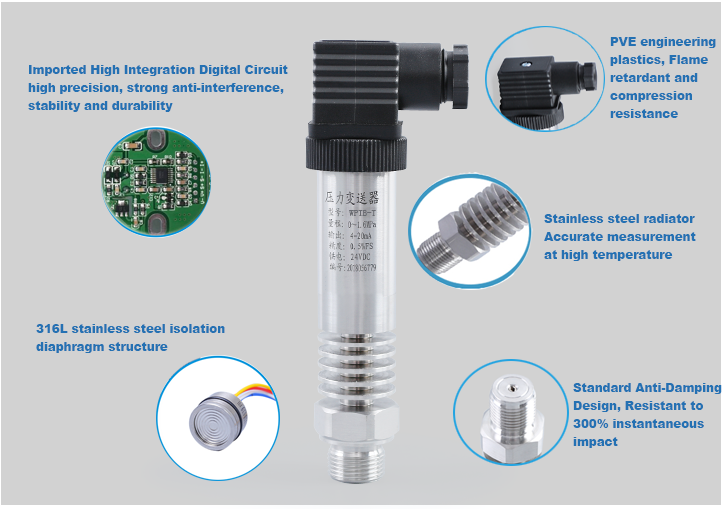Purple cabbage grown in open fields during the summer can be supplied to the market from August to September, helping to diversify vegetable availability and enhance the visual appeal of produce. However, summer is a challenging season for growing purple cabbage due to high temperatures, heavy rainfall, and an increased risk of weeds and pests. To ensure successful cultivation, it's essential to select early-maturing, heat-tolerant, and disease-resistant varieties. Effective management practices such as flood control, regular weeding, and pest monitoring are crucial for maintaining healthy crops and achieving high economic returns.
For seedling production, choose well-drained plots with good irrigation and drainage systems. A simple shelter should be constructed to protect young plants from rain and excessive sunlight. Fertilize the soil before planting, and start sowing seedlings between mid-May and early June. After the seedlings emerge, thin them out every 15 days to maintain a spacing of 5 cm x 5 cm, ensuring strong and healthy growth. When the seedlings are around 30 days old and have developed 6 to 8 true leaves, they are ready for transplanting.
When preparing the field, select a well-drained and ventilated area, and apply a generous amount of well-decomposed organic fertilizer as a base. Raised beds or furrow planting methods can be used depending on local conditions. Raised beds are ideal for watering, while furrow planting helps with drainage and reduces the risk of waterlogging. The furrows should be about 30–40 cm wide, with a bed width of 100 cm.
Transplanting should take place in mid to late June, with a row spacing of 50 cm and a plant spacing of 35–40 cm. Using a triangular planting pattern, approximately 3,000 to 4,000 plants per acre can be planted. It’s best to transplant seedlings with soil to minimize transplant shock and water them immediately after planting. Choose cloudy or evening hours for transplanting to reduce sun exposure and improve survival rates.
During the growing season, frequent small waterings are needed to keep the soil consistently moist. Weeding should be done 2–3 times after transplanting, but care must be taken not to dig too deep to avoid water accumulation and root damage. In high-humidity conditions, it's important to apply fertilizers early to promote rapid growth and early head formation, which leads to earlier maturity and higher yields. Apply liquid manure during the early rosette stage and at the beginning of the core development period.
Due to the hot and humid climate, summer purple cabbage is vulnerable to pests such as aphids, cabbage worms, diamondback moths, and soft rot. Timely pest control is essential to prevent damage to both yield and quality. Regular monitoring and appropriate measures should be taken to ensure a healthy crop.
Pressure Transmitter
pressure transmitter is a device that converts pressure into a pneumatic signal or an electric signal for control and remote transmission. Pressure Sensor can convert the physical pressure parameters such as gas and liquid felt by the load cell sensor into a standard electrical signal (such as 4~20mADC, etc.), to supply secondary instruments such as indicating alarms, recorders, regulators, etc. for measurement and indication and process regulation.

Pressure transmitters are used in various industrial automatic control environments, involving water conservancy and hydropower, railway transportation, intelligent buildings, production automatic control, aerospace, military industry, petrochemical, oil wells, electric power, ships, machine tools, pipelines and many other industries.
There are two types of pressure transmitters: electric and pneumatic. The uniform output signal of the electric type is a direct current signal such as 0-10mA, 4-20mA or 1-5V. The unified output signal of the pneumatic type is the gas pressure of 20-100Pa.
Pressure transmitters can be divided into force (torque) balance type, capacitive type, inductive type, strain type and frequency type according to different conversion principles.
Our advantageous products are mainly compact pressure transmitters, pressure transmitters with display, differential pressure transmitters, wind pressure transmitters, etc.

The main advantage
1. The pressure transmitter has the characteristics of reliable operation and stable performance
2. Dedicated V/I integrated circuit, less peripheral components, high reliability, simple and easy maintenance, small size, light weight, and extremely convenient installation and debugging;
3. Aluminum alloy die-casting shell, three-terminal isolation, electrostatic spray protection layer, durable;
4. 4-20mA DC two-wire signal transmission, strong anti-interference ability and long transmission distance;
5. LED, LCD, and pointer three kinds of indicator heads, the on-site reading is very convenient. Can be used to measure viscous, crystalline and corrosive media;
6. High accuracy and high stability. In addition to the imported original sensor that has been corrected by laser, the comprehensive temperature drift and nonlinearity of the whole machine within the operating temperature range are finely compensated.
Pressure Transmitter,Pressure Transducer Sensor,Digital Pressure Sensor,Pressure Transmitter 4-20Ma
Wuxi Winsun Automation Instrument Co., Ltd , https://www.winsunwx.com

